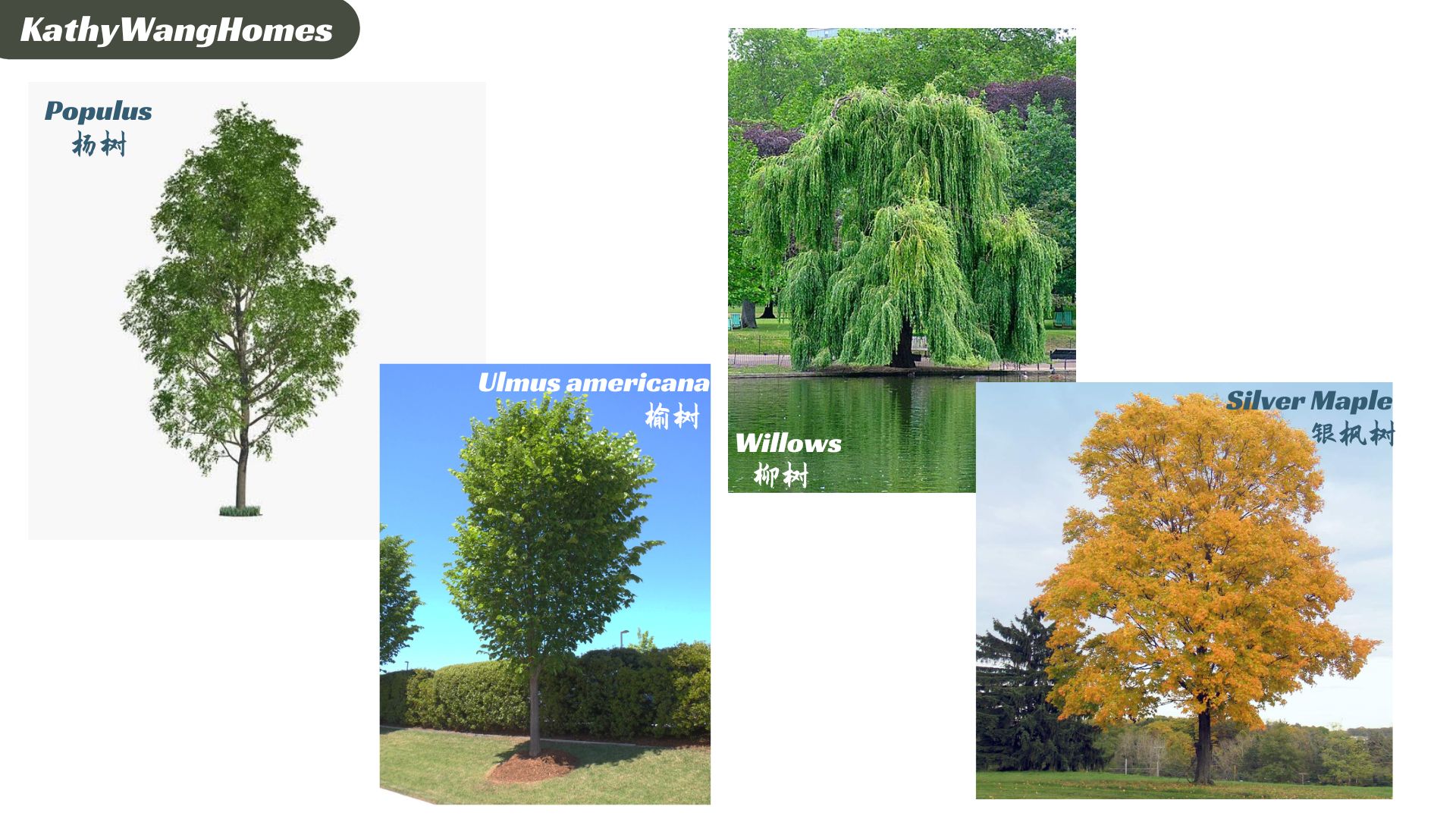Spring is here, and with everything coming back to life, many friends browsing at Costco might spot various saplings for sale and feel eager to give gardening a try by planting them in their yards. But hold on a moment! Before diving in, it's crucial to carefully consider where to plant those trees to avoid potentially impacting the foundation and structure of your home.
First, let's understand why tree roots can potentially damage a house. Tree roots don't just grow downward; they also have lateral roots that grow horizontally near the surface. If these lateral roots are dense and close to the house, they can penetrate the foundation, causing damage. Over time, this can worsen, potentially invading the yard's sewer lines, leading to cracks or leaks, or causing foundation cracks that result in roof cracks, vertical cracks in walls, difficulties in closing doors and windows, and issues like cracked or warped floors, among other structural problems.

So, when it comes to planting trees, whether in the front yard or backyard, it's essential to ensure they're not too close to the house. But how far should they be? The simple answer is: the farther, the better. Generally, large trees should be at least 20-30 feet away from the house, while smaller trees can be positioned 10-20 feet away.
The proximity to the house also depends on the type of tree. Generally, trees with expansive root systems should be kept farther away from the house, and it's advisable to avoid planting them near sidewalks, driveways, or sewer lines. Examples include poplar, willow, elm, and silver maple trees. These types of trees have shallow root systems, some of which may even protrude above the soil surface, causing upheaval of paved surfaces. Willows, in particular, due to their affinity for moisture, can infiltrate sewer lines.

In addition to considering the root system of trees, it's essential to research in advance how tall different trees will grow when mature and the size of their canopy. Taller trees should be planted further away from the house to prevent branches from touching the roof and interfering with utility lines. For trees with large, overhanging canopies, precautions should be taken to prevent the risk of branches falling onto the roof during heavy winds or storms. Regular cleaning of roof gutters is also important to prevent leaves from clogging them, ensuring proper drainage and avoiding potential damage to the foundation.
Therefore, when planting trees in our own yard, it's crucial to carefully consider what types of trees to plant and where to plant them, ensuring better protection for our house and our home.